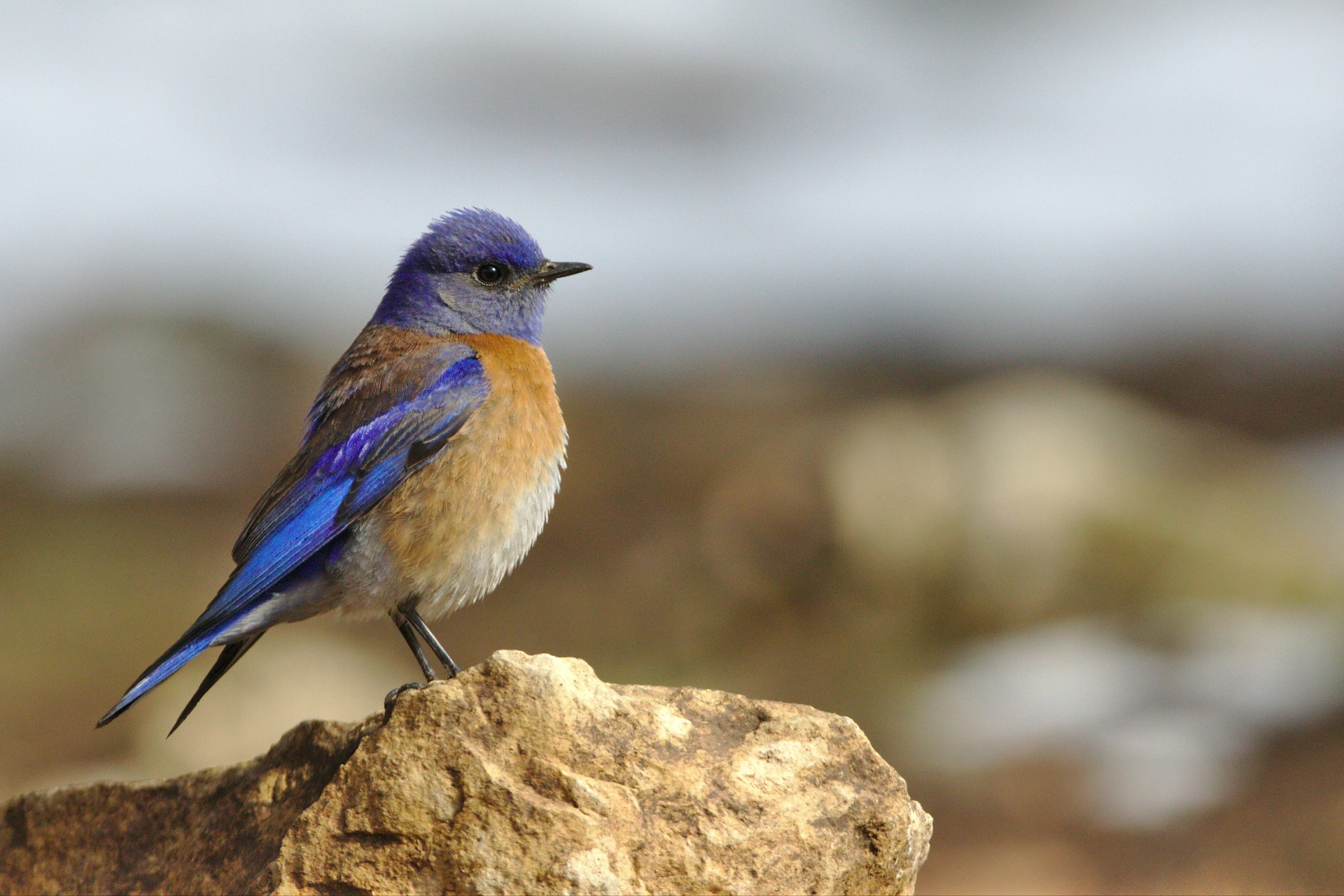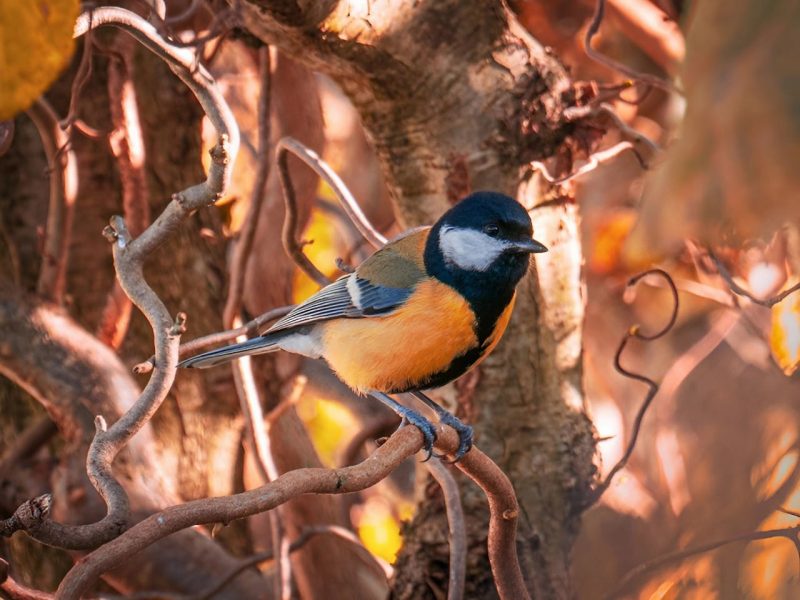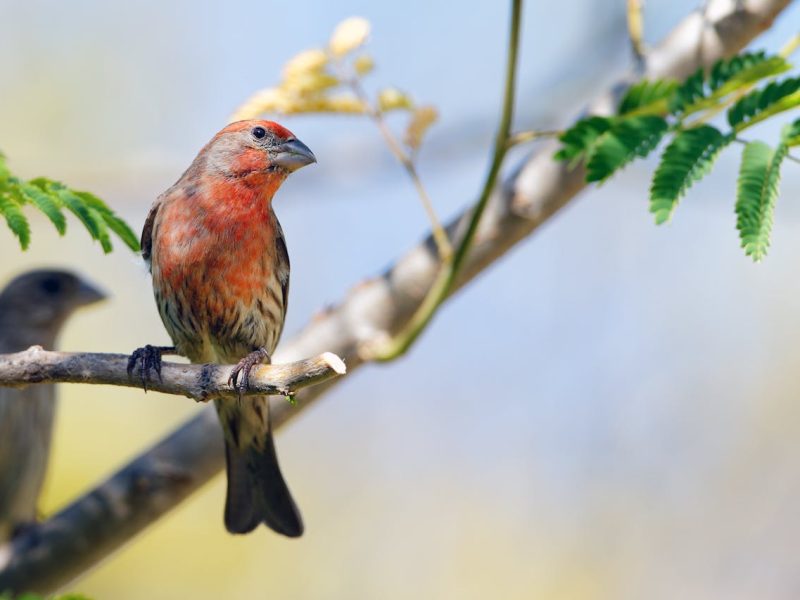The Grand Canyon is home to a diverse range of habitats, making it an excellent holiday destination for plant and animal enthusiasts. Every year, a large number of birdwatchers visit the region in the hopes of seeing one of the Grand Canyon’s 370 bird species.
From endangered California condors to easy-to-find passerines, here’s a list of must-see birding spots for your next Grand Canyon adventure.
Small Species
Some of the smallest bird species are often the most beautiful, so keep a lookout for little wonders like the ones listed below.
Allen’s Hummingbird
This lovely species of hummingbird is distinguished by its vivid orange and golden coloring. It feeds mostly on nectar and may hence be found in desert scrub or woodland habitats with many wildflowers.
The American Goldfinch:
In the summer, the American Goldfinch may be identified by its vivid yellow and black patterns. During the winter, their characteristics turn tawny brown. This bird’s acrobatic activity distinguishes it regardless of the season. When the goldfinch isn’t hopping from plant to plant, he and his kin can be seen soaring in a lively, undulating rhythm, replete with song.
Bridled Titmouse
This cute little bird originates in Mexico. The species is uncommon in the United States, occurring only in areas of New Mexico and Arizona. The Bridled Titmouse can be found along the Colorado River or in the forests around the Grand Canyon’s North Rim.
Plentiful passerines
Passerines, often known as perching birds, constitute the biggest group of bird species in the area. They are plentiful in the Grand Canyon and simple to see, even if you are a novice birdwatcher.
Chipping Sparrows:
The Grand Canyon is home to a large number of sparrow species, including the Chipping Sparrow. This bird is distinguished by a rust-colored cap of feathers that crowns his brown body. These birds may make nests practically anywhere, including within human shelters and on top of telephone poles, so keep an eye out.
Indigo Bunting:
This vivid blue bird may be easily identified against its preferred forest environment of brown and green bushes. Known as “blue canaries,” these birds whistle during the spring and summer months. Interestingly, their melodies are learned from other buntings in the same flock, thus a single song can last multiple generations, sometimes up to 20 years.
Hooded Orioles:
The Hooded Oriole, with its vivid orange bib, is endemic to the southwestern deserts. They like nesting in palm trees and feeding their young with insects, nectar, and fruit.
Birds of Prey
The Grand Canyon is most well-known as one of the few sites on Earth where you may see the endangered California Condor in the wild, but the park also has other birds of prey.
California Condors:
The California Condor, known as one of the world’s rarest birds, is also North America’s biggest land bird. A condor’s vast wingspan of over 10 feet makes him easy to notice as he flies over the Grand Canyon. Though condors do not create nests, they spend most of their time perched on cliffs or towering trees.
Red-shouldered Hawk:
This hawk is one of the most striking due to its banded tail and scarlet chest feathers. The species lives in rivers and forested woodlands, which are ideal habitats for feeding on reptiles and rodents.
American Kestrels:
Kestrels are smaller birds of prey than hawks and condors. They are equally as fierce as larger hawks, grabbing rodents and reptiles for meals. They make their nests in hilly forested places, such as the woodlands on the Grand Canyon’s North Rim.
Final Words
Every year, hundreds of travelers visit the Grand Canyon only to see birds. With a diverse landscape ranging from marshes to woody woods, the park provides opportunities to observe a variety of uncommon birds in their native habitat.



